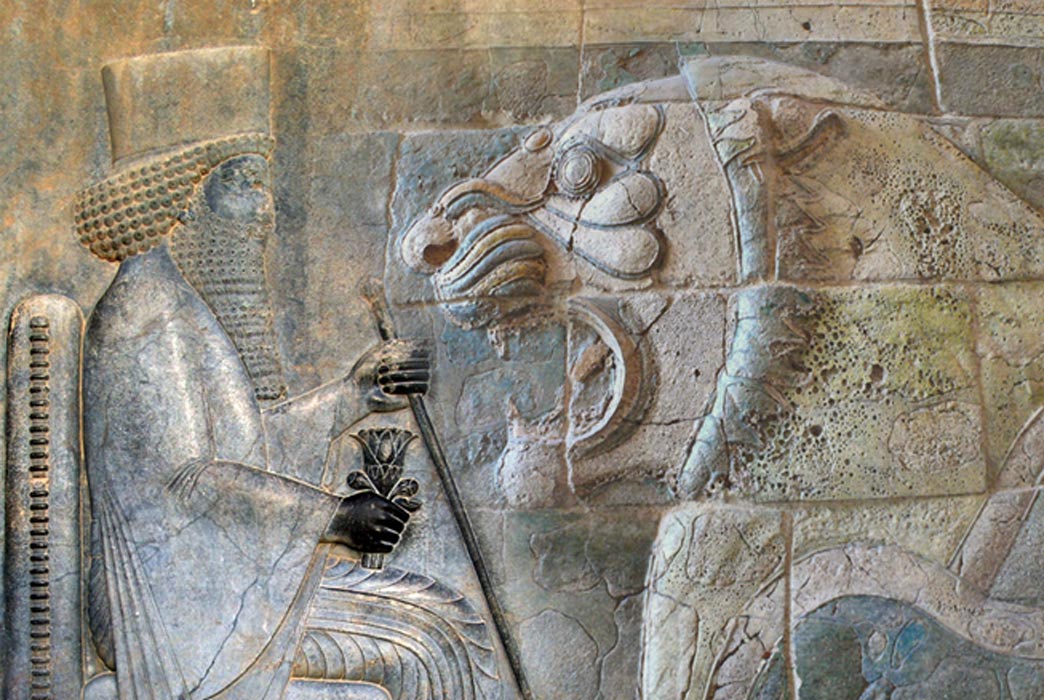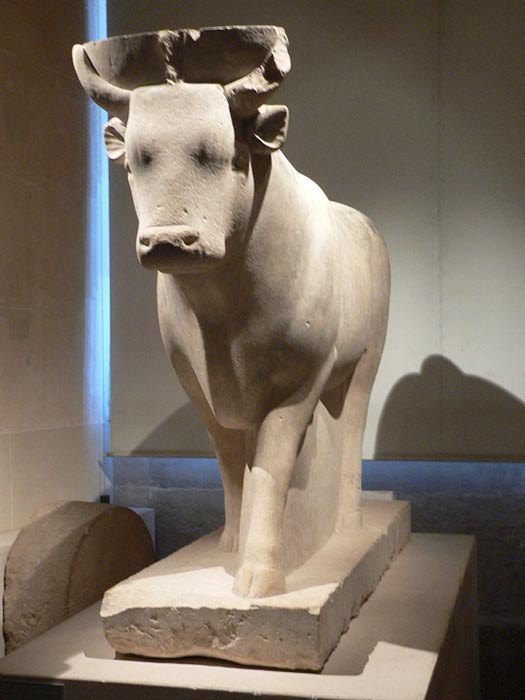
Did Darius Hijack the Persian Throne? Ancient Coup and the Rise of Darius the Great – Part I
Cambyses II began his rule around 530 BCE, maybe 529 BCE, and his reign ended in 522 BCE. Not much is known about Cambyses since he left no inscriptions of his own. Only Herodotus and the Egyptians seem to write about him, the Bible speaks silently of him, and so much about him remains a mystery. However, we will try to piece together his life and the events that pertain to him from what little we have.

Cambyses II of Persia capturing pharaoh Psamtik III from "Persian seal, VI century BCE". (Public Domain)
We do know his father was Cyrus and his mother was Cassandane, who was the daughter of Pharnaspes. Cambyses is said to have been the exact opposite of his father Cyrus, for Cyrus was a father, a lawgiver, and a respecter of the gods. Cambyses is viewed as a tyrant, a mad man who cared for little. In John Hart’s book Herodotus and Greek History, he says:
“He has suffered the fate of rulers who follow a long, successful and popular reign, “comparatio deterrima” – the invidious contrast that heightens the virtues of the first and magnifies the failings of the second. In fact, Cambyses’ reign was successful enough for its relatively short duration: every square mile of real estate acquired by Cyrus was retained, and to that already great empire were added Phoenicia by treaty and Egypt by conquest. But in the account of his reign truth and fiction have become inextricably intertwined. He emerges as a sort of cross between Caligula and Henry VIII (in his blacker moments).”
His supposed reign of madness started with giving the order to have his brother Bardiya executed, which he supposedly told Darius shortly before he died. The reason for the execution is unclear, but there are a few ideas as to why. One reason was due to Bardiya’s close relationship with the people and provinces he governed, who were the Kharazms, Bactrians, Kerman, and Parthians. The other reason is that Cambyses wanted to eliminate the greatest threat to his throne before he went on his Egyptian campaign. However, it was most likely a combination of both reasons as to why Cambyses had his brother executed. However, it is also possible that Bardiya was not assassinated, and we will discuss that later.
Into Egypt
Cambyses II’s first course of military action was to invade Egypt. In 525 BCE, the Persian forces invaded Egypt and conquered the last remaining threat to Persian hegemony. Cambyses, like his father, was merciful to the people and the gods of Egypt. He came not to massacre, enslave, or deport the Egyptian inhabitants; instead, he welcomed them as fellow Persians.
- Germanicus and Agrippina: The Golden Couple, Parents of the “Mad” Emperor Caligula
- The Possible Origins of the Early Persian Kings: Mystery Men - Part I
- The Rise of the Arsacid Dynasty: Medical Mysteries and Rightful Heirs – Part I
However, Herodotus says differently, and to give an example is the killing of the Apis bull by Cambyses. Now to give you a brief description of this bull, it is said that the Apis bull was the very image and soul of the god Osiris. However, there is conflicting evidence that suggests differently due to a discovery made at Serapeum of Memphis. The discovery was a sarcophagus containing the Apis bull inside.

Sacred bull Apis. Limestone (originally painted), 30th Dynasty. Found at the Serapeum of Saqqara, in a chapel next to the processional way leading to the catacombs of the sacred bulls. (CC BY-SA 2.0 fr)





